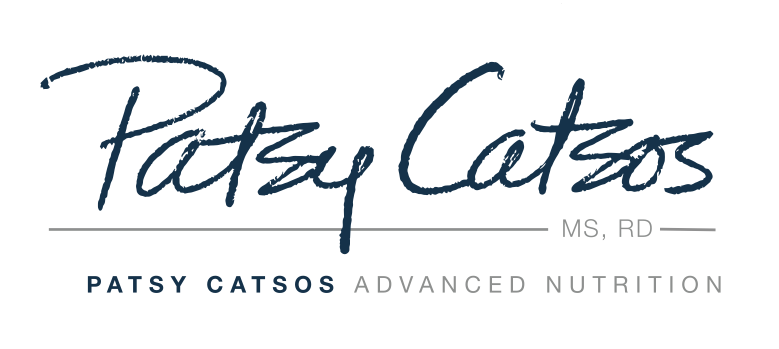Life gets busy, and things don’t always go as planned. Sometimes you need a fresh start. What about a “do-over” FODMAP elimination diet, starting from scratch with the elimination phase, or just doing the reintroduction phase again? Who can benefit from doing this? Perhaps you, if...
Life happens. Sometimes you need a FODMAP do-over.
1) You got off track during the elimination phase of the diet. No judgement here. Don’t worry, you haven’t ruined everything. Just pick up where you left off and stick with it for a few weeks. If the low-FODMAP diet helps you feel better, you can then simply move on to the reintroduction phase as if nothing happened.
2) You got off track during the reintroduction phase of the diet. I frequently see clients who have been in a sort of limbo with their diet for months or even years—mostly low-FODMAP, but now eating certain FODMAPs again. I get it. It’s sometimes difficult to keep your eye on the ball for so long during the reintroduction phase of the diet. If you want to complete the learning process, it’s not too late. Begin by going back to the elimination phase of the diet for a few days, or however long it takes you to get your symptoms to a stable low level. Then reintroduce FODMAPs one type at a time, to clarify which FODMAPs are symptom triggers and in what amounts. The eventual goal is to manage symptoms on the least restrictive diet possible.
3) You gave up too easily on entire categories of food during your reintroduction process. For example, it is a nutritional mistake to give up on all foods containing oligosaccharides because reintroducing onions and beans didn’t go well. Be stubborn and brave and keep coming back at the reintroduction process until you find some level of reintroduction that will work for you! A varied diet really is worth working for, even if portions of some foods must remain small. Referring to the reintroduction plans in my book, If Plan A doesn’t work, try Plan B. If Plan B doesn’t work, try Plan C. It’s better for you and your nutrition status to find some amount of FODMAP containing foods that you can eat, even if you can’t eat large servings of them. For example, it’s better for you to have 1/2 cup of beans in your tacos even if you can’t eat a whole bowel of bean soup.
4) Your hectic lifestyle has improved. A do-over might be in order if your lifestyle has changed. Did you have noticeable but incomplete relief of your IBS the first time you tried the diet, when life was crazy? With the effects of stress out of the picture, and with more time to read labels and prepare low-FODMAP food, you might get some additional benefit from the elimination and reintroduction process and learn more about how FODMAPs affect you after your big deadline, move, graduation, or retirement.
5) It’s been a long time since you originally tried a low-FODMAP diet. In this fast-developing field, a few years can mean big changes in the FODMAP status of some foods. Monash University has tested many additional foods, and re-tested others. For example, the low FODMAP serving sizes of strawberries, tomatoes and grapes are smaller than they used to be 5 years ago. Sure, the diet did work from the very first draft of my book in 2008, because it managed to lower overall FODMAP intake. But it might work even better now, with less guesswork and more facts available. I know you've heard me say that the elimination diet process is more than a list of high- and low-FODMAP foods, but accurate information is still important.. Make sure the food lists you use for your low-FODMAP “re-do” aren't too old! The Monash Low-FODMAP Diet app is always up to date. And please, make sure the tools you use have been prepared by an experienced, professional, FODMAP expert.
Let’s keep it real and remember that FODMAPs are not the problem for about 25% of people with IBS. Other dietary triggers are possible. And it’s not always about the food. If you carefully—and recently—followed a low-FODMAP diet using credible tools, with no improvement in your symptoms, it isn’t likely that a do-over will get different results. You might as well enjoy eating a wide variety of healthy FODMAP-containing foods.
This page may contain affiliate links. We are a participant in the Amazon Services LLC Associates Program, an affiliate advertising program designed to provide a means for us to earn fees by linking to Amazon.com and affiliated sites.
First published on Dec 10, 2017. Updated and republished on Jan 19, 2024.


